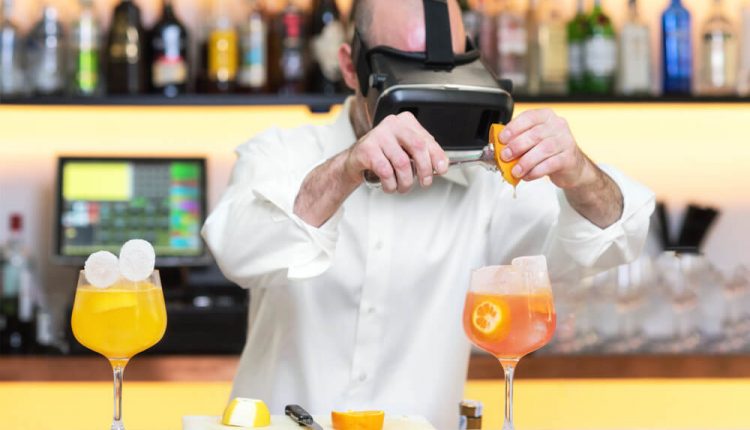How VR can improve training for jobs in the food industry
THE FOOD industry is constantly growing with new restaurants and fast-food chains being established in various locations. Naturally, that creates a range of jobs in the market, from entry-level positions to executive roles.
From waiters to cooks to managers, each position demands high performance as well as intuitive responses. As a result, professionals in the food industry need to be able to adapt and develop new skills quickly.
Given the tough nature of the job, job dissatisfaction is often low and the industry suffers from a high turnover rate. To groom professionals more effectively, the quality of training must be improved.
Technology solutions such as virtual reality (VR) can be used in order to transform the training provided currently, allowing staff to quickly improve existing skills and develop new skills.
VR, given its particular effectiveness in terms of cognitive recall has been employed in various industrial training projects.
The technology, through a pair of immersive goggles, functions by simulating a restaurant or kitchen-like environment to give workers a realistic experience and promotes active learning and stimulative training experiences.
VR can also be programmed to sample the way an expert would perform a specific role in a repetitive manner for workers to follow — providing an immersive, video-based, learning experience. Additionally, training is enhanced because workers can learn by doing and compare their performance instantaneously.
This frees up a manager’s time, allowing them to work on their current workload and avoiding any impact on operations or customers. Not to mention, consistency is maintained through the training content, making it easier for students to pick up.
Other than that, workers are able to retain what they learn far better than traditional training methods, which is especially useful in customer service.
VR can conjure up a variety of realistic scenarios that can be tailored to help improve communication skills as well as conflict management both of which are critical when dealing with customers. Workers can also act out their responses and practice different solutions.
This would not only produce workers who are more adaptable and skilled, but it would also prepare them to face unpleasant or unexpected scenarios in the future, in real-life settings.
On the other hand, traditional health and safety training which commonly involves dull reading manuals and videos can be brought to life with VR.
With VR, safety training is more impactful because users are immersed in a simulated emergency situation which allows them to better understand safety procedures and act confidently in the face of dangers that present themselves in the course of work.
Experts have cited that the deployment of VR in training has proven to reduce 50 percent of training time, which is a rewarding prospect for the industry. Additionally, the deployment of VR might reduce turnover and costs involved in recruitment and training.
With VR, the food industry can collectively work on raising the bar in terms of training, whether it is new skills development, customer service, or health and safety.


